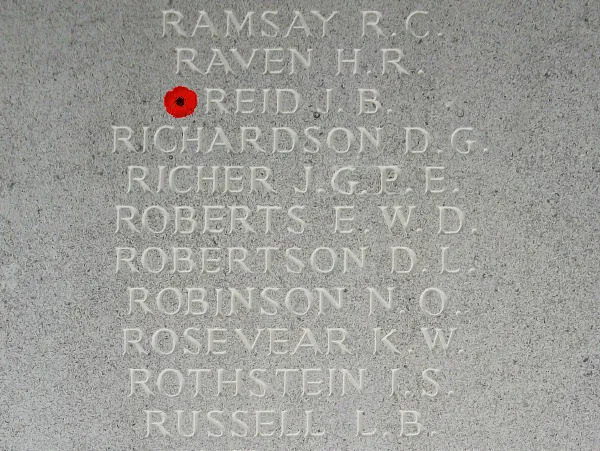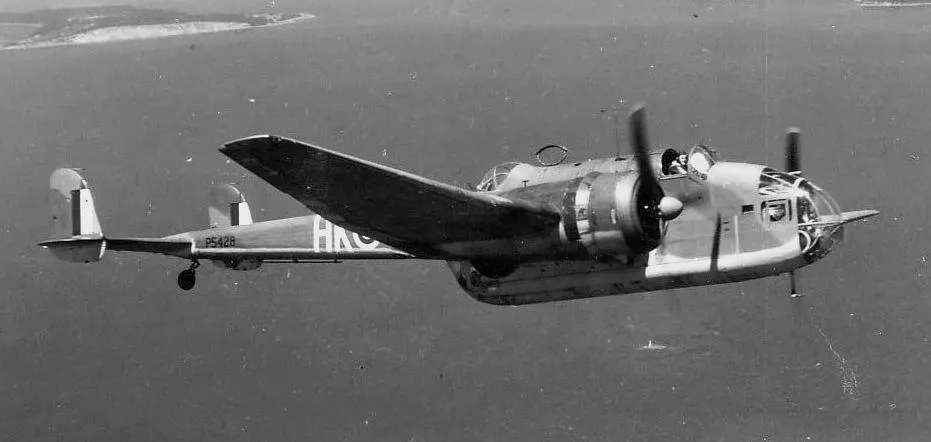1 Torpedo Training Unit, RAF Turnberry, England. Hampden I aircraft AT 125 was possibly in a mid-air collision with 1TTU Wellington aircraft LB 237 during a training exercise. The Hampden crashed into the sea near Lady Isle, Firth of Clyde, Scotland
Sergeant E Vevers (RAFVR) was missing, presumed killed in this flying accident
Sergeant Vevers has no known grave and is commemorated on the Runnymede War Memorial




